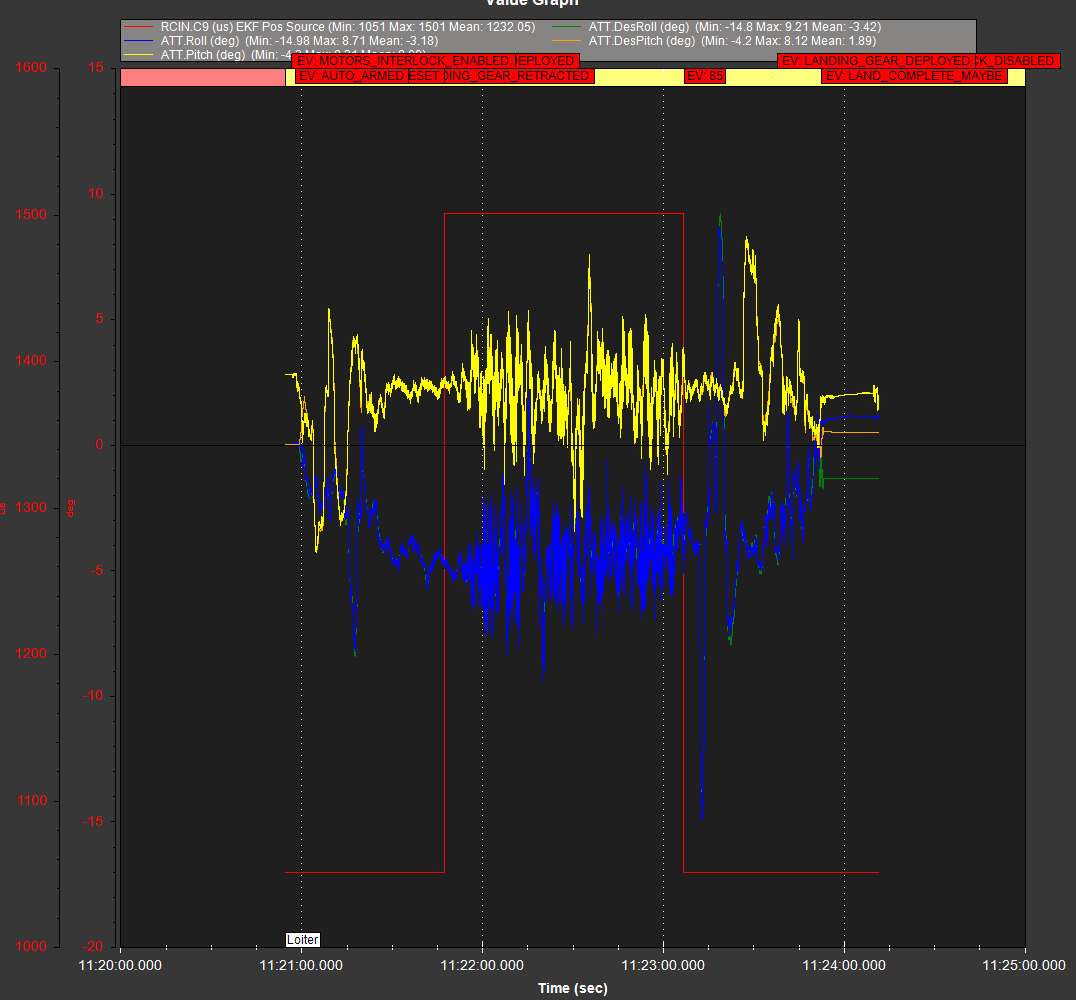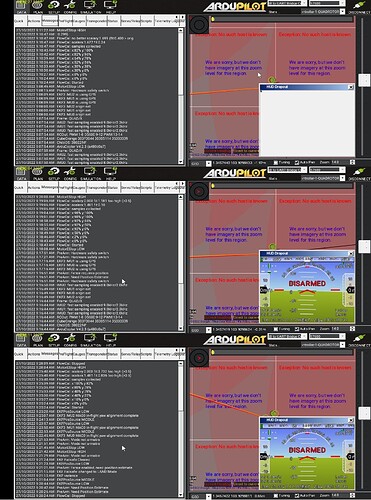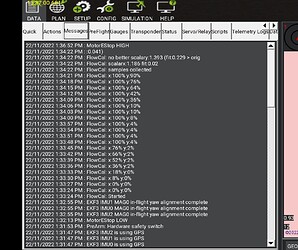I’m quite sure that inflight flow calibration works well.
But that’s not the point.
Consider MOT_THST_HOVER. It’s automatically tuned in normal flight. If this behavior is undesirable, it can be disabled.
If an Optical Flow sensor is detected, why wouldn’t it be automatically calibrated the same way?
Of course this could tax the processing power of the flight controller. So as a compromise - simply store the necessary data and process the calibration in Mission Planner with the downloaded BIN file. This is the tact taken by MavExplorer’s MagFit.
I know it comes across as ungrateful to criticize a software product that is free. But Open Source software presents a dilemma. Open Source is an outlet for programming enthusiasts to have a real task to automate. But as there are no market forces effecting development, the usefulness and usability of the software is perhaps not in the scope.
I don’t know how the inner workings of the DEV team operates. But I assume there are gatekeepers that decide what should be included in any release.
Even though ArduPilot firmware is free - wouldn’t it be advantageous if part of the gatekeepers evaluation was something like - If we were selling this, would we do it this way?
The benefits to improved usability are greater usage - which allows CubePilot, a major sponsor of the DEV team, to sell more autopilots, control radios and gps modules. I haven’t figured out why the hardware manufacturers who rely on ArduPilot haven’t been applying force to this end.
Sorry for hijacking this thread for a little time on my soapbox. I’ll report back with my Optical Flow calibration test results.




